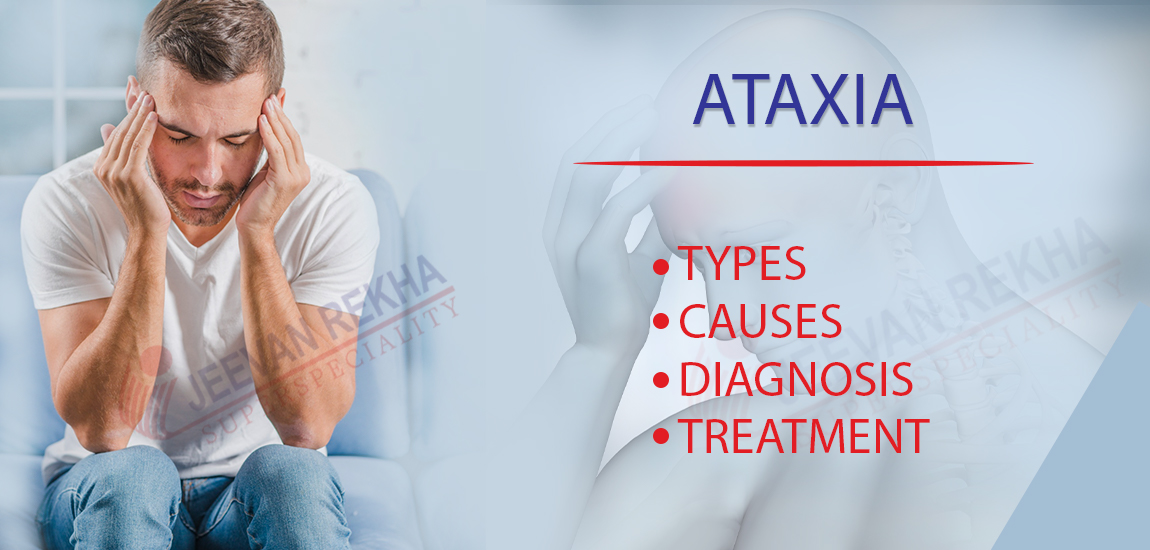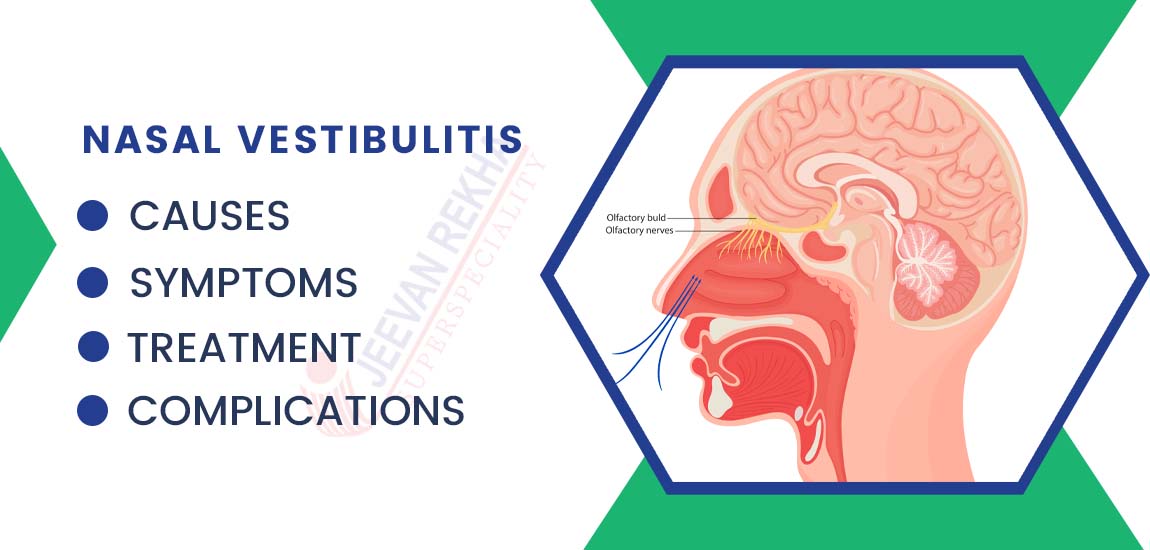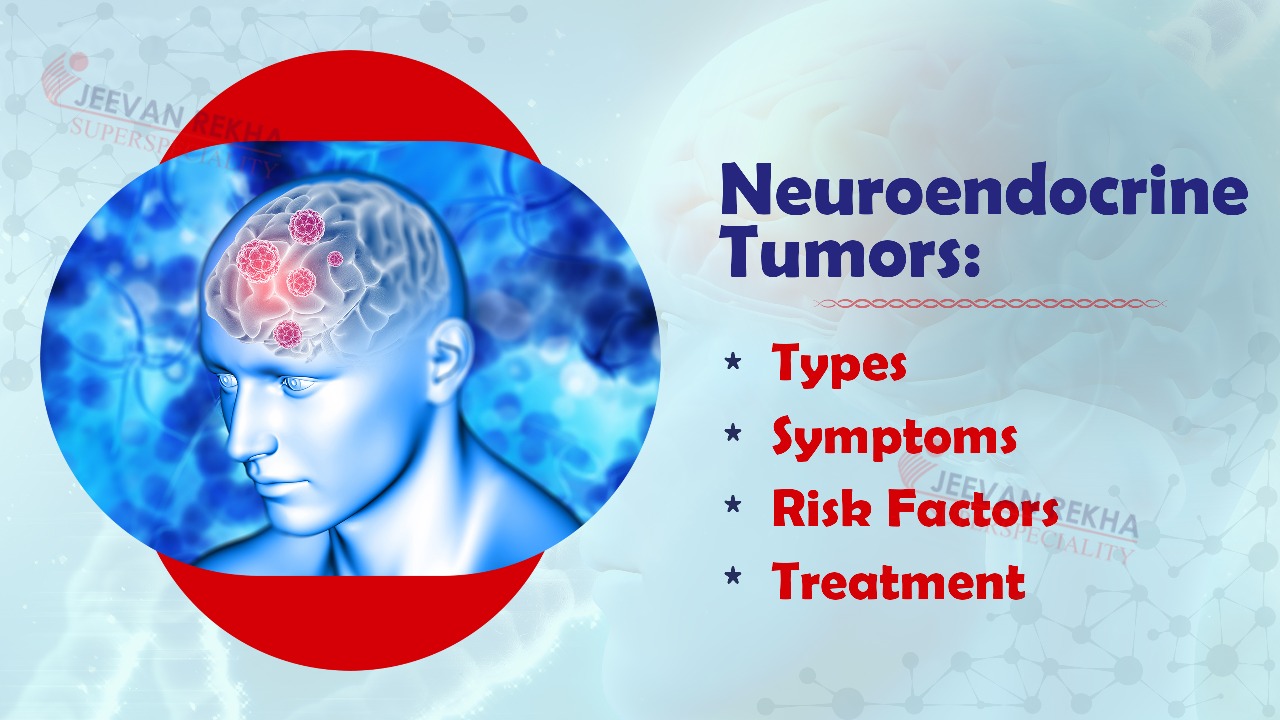
- By Admin
- In Health and Tips,
- Posted February 15, 2024
Ataxia: Types, Causes, Diagnosis, and Treatment
A lack of control over muscles leading to clumsy movements is called ataxia. It may impact hand-eye coordination, speech and swallowing, walking and balance, and eye movements.
The cerebellum or its connections are the brain regions most commonly affected by damage that causes ataxia. The cerebellum governs the coordination of muscles. Ataxia can be brought on by a variety of illnesses, such as alcohol abuse, degenerative diseases, multiple sclerosis, stroke, tumours, and genetic disorders. Certain medicines also can cause ataxia.
Ataxia treatment is based on the underlying cause. Canes and walkers are examples of devices that could support maintaining independence. An alternative name for these is adaptive devices. Occupational therapy, speech therapy, physical therapy, and consistent exercise may also be beneficial.
What is Ataxia?
When you lack coordination, it is known as ataxia, and it makes you move erratically, awkwardly, or even clumsily. Usually, it indicates a problem with your ears, brain, or other nervous system components.
Types of Ataxia:
Several types of ataxia can be classified based on various criteria, including the cause, symptoms, and progression. Here are some common types:
1. Hereditary Ataxias:
- Friedreich's Ataxia: This is one of the most common hereditary ataxias. It is caused by a genetic mutation and typically manifests in childhood. Symptoms include progressive loss of coordination, muscle weakness, and impaired speech.
- Spinocerebellar Ataxias (SCAs): SCAs are a group of genetic disorders characterized by progressive ataxia and degeneration of the cerebellum and spinal cord. There are multiple subtypes (e.g., SCA1, SCA2, SCA3) with variations in symptoms and age of onset.
2. Acquired Ataxias:
- Alcohol-Induced Cerebellar Ataxia: Chronic alcohol abuse can lead to cerebellar degeneration, resulting in ataxia.
- Toxic Ataxia: Exposure to certain toxins, such as lead or mercury, can cause ataxia.
3. Idiopathic Late-Onset Cerebellar Ataxia (ILOCA): This refers to ataxias of unknown cause that typically occur later in life.
4. Ataxia Telangiectasia: A rare genetic disorder that affects various systems, including the nervous system, immune system, and skin. It often presents with ataxia, immune deficiencies, and other features.
5. Cerebellar Atrophy: Ataxia can result from the degeneration or atrophy of the cerebellum, which may be caused by various conditions such as multiple system atrophy (MSA) or certain infections.
6. Posterior Fossa Tumors: Tumors located in the posterior fossa of the brain can lead to ataxia by compressing or damaging the cerebellum.
7. Paraneoplastic Ataxia: Ataxia may occur due to the body's immune response to cancer (paraneoplastic syndrome), affecting the nervous system.
Also read: Adjustment Disorder: Types, Causes, Symptoms and Treatment
Causes of Ataxia:
Ataxia can have various causes, and it is often classified into different types based on its origin. Here are some common causes of ataxia in brief:
- Hereditary Ataxias: Genetic mutations passed down within families, such as Friedreich's Ataxia or Spinocerebellar Ataxias.
- Acquired Ataxias: Result from external factors, including chronic alcohol abuse, exposure to toxins (e.g., lead or mercury), or certain medications.
- Idiopathic Late-Onset Cerebellar Ataxia (ILOCA): Ataxia of unknown cause that typically occurs later in life.
- Cerebellar Atrophy: Degeneration or shrinkage of the cerebellum, often associated with conditions like multiple system atrophy (MSA) or infections.
- Posterior Fossa Tumors: Tumors in the back part of the brain (posterior fossa) can compress or damage the cerebellum, leading to ataxia.
- Paraneoplastic Ataxia: Ataxia is associated with the body's immune response to cancer, affecting the nervous system.
Symptoms of Ataxia:
Ataxia is characterized by a set of symptoms that primarily affect coordination, balance, and speech. Here are some key symptoms of ataxia in brief:
- Lack of Coordination: Difficulty coordinating muscle movements, leading to unsteady and clumsy motions.
- Imbalance: Problems with balance and a tendency to stumble or fall, especially when walking.
- Speech Difficulties: Slurred or slow speech, often accompanied by changes in voice pitch.
- Eye Movement Abnormalities: Involuntary eye movements, known as nystagmus, may occur.
- Fine Motor Skill Impairment: Difficulty with tasks requiring precision and fine motor skills, such as writing or buttoning a shirt.
- Muscle Weakness: Weakness in the limbs, particularly affecting the arms and legs.
- Uncontrolled Tremors: Some individuals may experience tremors, especially during intentional movements.
- Gait Abnormalities: A wide-based or unsteady walking pattern, often described as a "drunken" gait.
- Fatigue: Fatigue may be a common symptom due to the extra effort required for movement.
Also read: Anxiety: Causes, Symptoms, and Treatment
How is Ataxia Diagnosed?
Diagnosing ataxia involves a thorough medical evaluation, including a detailed medical history, physical examination, and various diagnostic tests. Here are the key steps in the diagnosis of ataxia:
- Clinical Assessment: A healthcare professional, typically a neurologist, will review the patient's medical history and conduct a comprehensive physical examination. They will look for signs of ataxia, such as unsteady gait, coordination problems, and speech abnormalities.
- Neurological Examination: The neurologist will assess the patient's neurological function, including reflexes, muscle strength, sensation, and coordination.
- Genetic Testing: In cases of suspected hereditary ataxia, genetic testing may be performed to identify specific gene mutations associated with ataxic disorders.
- Imaging Studies: Brain imaging studies, such as magnetic resonance imaging (MRI) or computed tomography (CT) scans, can help identify structural abnormalities or tumours in the brain, particularly in the cerebellum.
- Blood Tests: Blood tests may be conducted to rule out other potential causes of ataxia, such as vitamin deficiencies, metabolic disorders, or autoimmune conditions.
- Electromyography (EMG) and Nerve Conduction Studies: These tests measure the electrical activity of muscles and nerves and can help assess whether peripheral nerves are involved in the ataxic symptoms.
- Lumbar Puncture (Spinal Tap): In some cases, a lumbar puncture may be performed to analyze cerebrospinal fluid for signs of infection, inflammation, or other abnormalities.
- Evoked Potentials: These tests measure the electrical activity in the brain in response to stimuli and can help assess the integrity of the nervous system.
- Functional and Cognitive Assessments: Assessments of daily living activities and cognitive function may be performed to evaluate the overall impact of ataxia on a person's life.
How is Ataxia treated?
The treatment of ataxia aims to manage symptoms, improve quality of life, and address the underlying cause when possible. Since ataxia can result from various conditions, the treatment approach may vary. Here are some general strategies and interventions used in the management of ataxia:
- Physical Therapy: Physical therapy is a key component in managing ataxia. It focuses on improving balance, coordination, and strength through specific exercises and rehabilitation techniques.
- Occupational Therapy: Occupational therapists can assist individuals in adapting their daily activities and routines to cope with motor difficulties. This may involve recommending assistive devices or making modifications to the living environment.
- Speech Therapy: Speech therapy can help individuals with ataxia improve their speech and communication skills. Therapists work on articulation, voice modulation, and other aspects of speech.
- Medications: While there is no cure for most forms of ataxia, some medications may help manage symptoms. These may include drugs to address specific underlying causes, such as vitamin supplements for deficiencies, or medications to reduce tremors.
- Assistive Devices: Devices like canes, walkers, or braces can support and enhance mobility for individuals with ataxia. In some cases, mobility aids or orthotic devices may be prescribed.
- Treatment of Underlying Conditions: If ataxia is secondary to another medical condition, such as multiple sclerosis or a tumour, treating the underlying cause may help manage or improve ataxic symptoms.
- Adaptive Technologies: Technological advancements have led to the development of assistive technologies, including devices and apps designed to aid individuals with ataxia in daily tasks.
- Genetic Counseling: In cases of hereditary ataxias, genetic counselling can provide information about the condition, family planning, and potential genetic testing.
- Supportive Care: Supportive measures, including counselling and support groups, can be beneficial for individuals and their families in coping with the challenges associated with ataxia.
Prevention of Ataxia:
Preventing ataxia often involves addressing specific underlying causes and adopting a healthy lifestyle:
- Vaccinations: Ensure vaccinations are up-to-date to prevent certain infections that can lead to ataxia.
- Safety Measures: Take precautions to prevent head injuries that may contribute to ataxia, such as using helmets during activities with a risk of falls or accidents.
- Limit Alcohol Consumption: Moderate or avoid alcohol to reduce the risk of alcohol-induced cerebellar ataxia.
- Healthy Diet: Maintain a well-balanced diet to prevent nutritional deficiencies that can contribute to ataxia.
- Regular Exercise: Engage in regular physical activity to promote overall health and maintain muscle strength and coordination.
- Genetic Counseling: If there is a family history of hereditary ataxias, consider genetic counselling for informed family planning.
Tags
Blog Search
Latest Posts
-
बर्ड फ्लू के लक्षण, कारण, उपचार और बचाव के उपाय जानें
December 04, 2025 -
Best Diet Plan for Menopause Weight Management
November 25, 2025 -
Pulmonary Fibrosis Treatment: Understanding Lung Scarring and Breathing Problems
November 21, 2025 -
Arrhythmia: Types, Causes, Symptoms, and Treatment
November 07, 2025 -
Silent Heart Attack: Causes, Symptoms and Treatment
October 24, 2025




